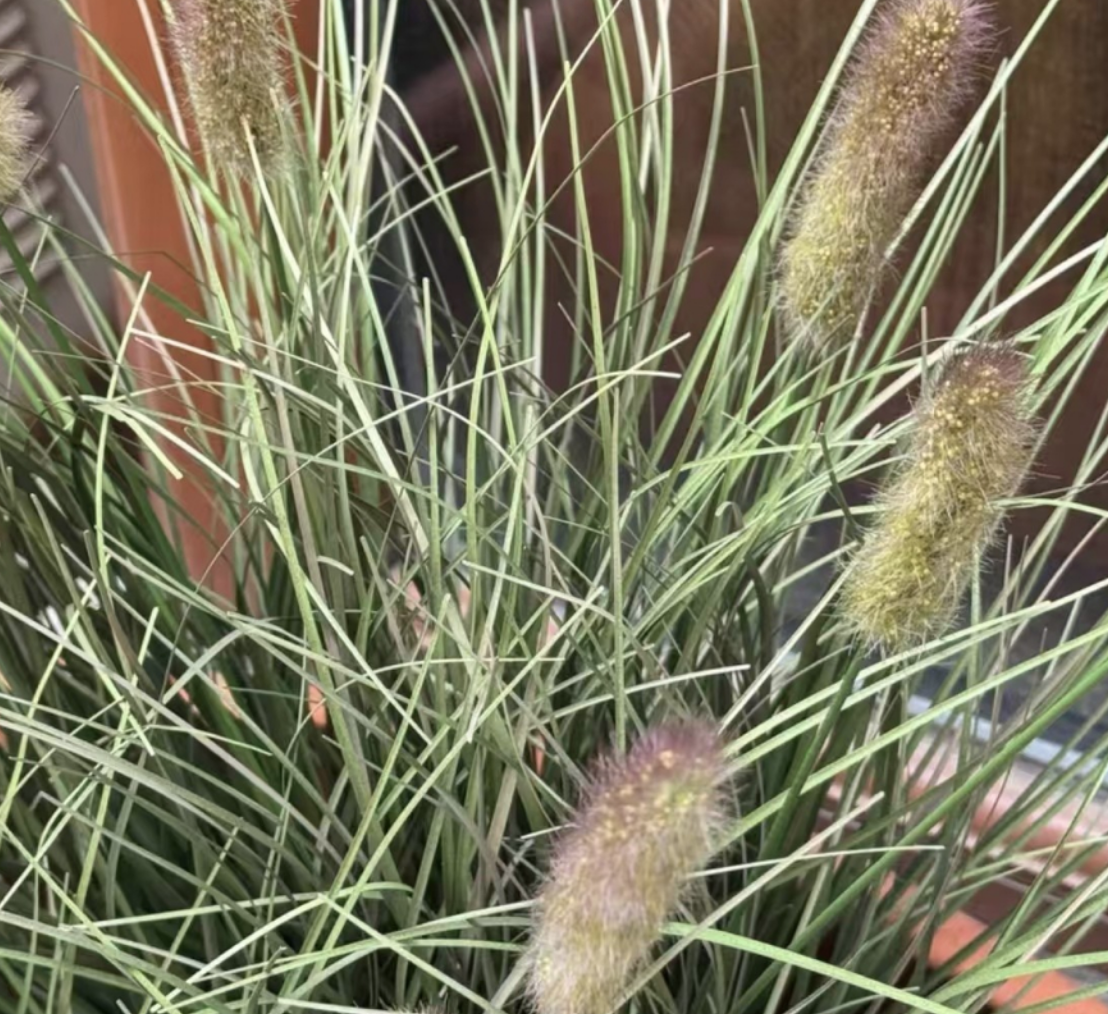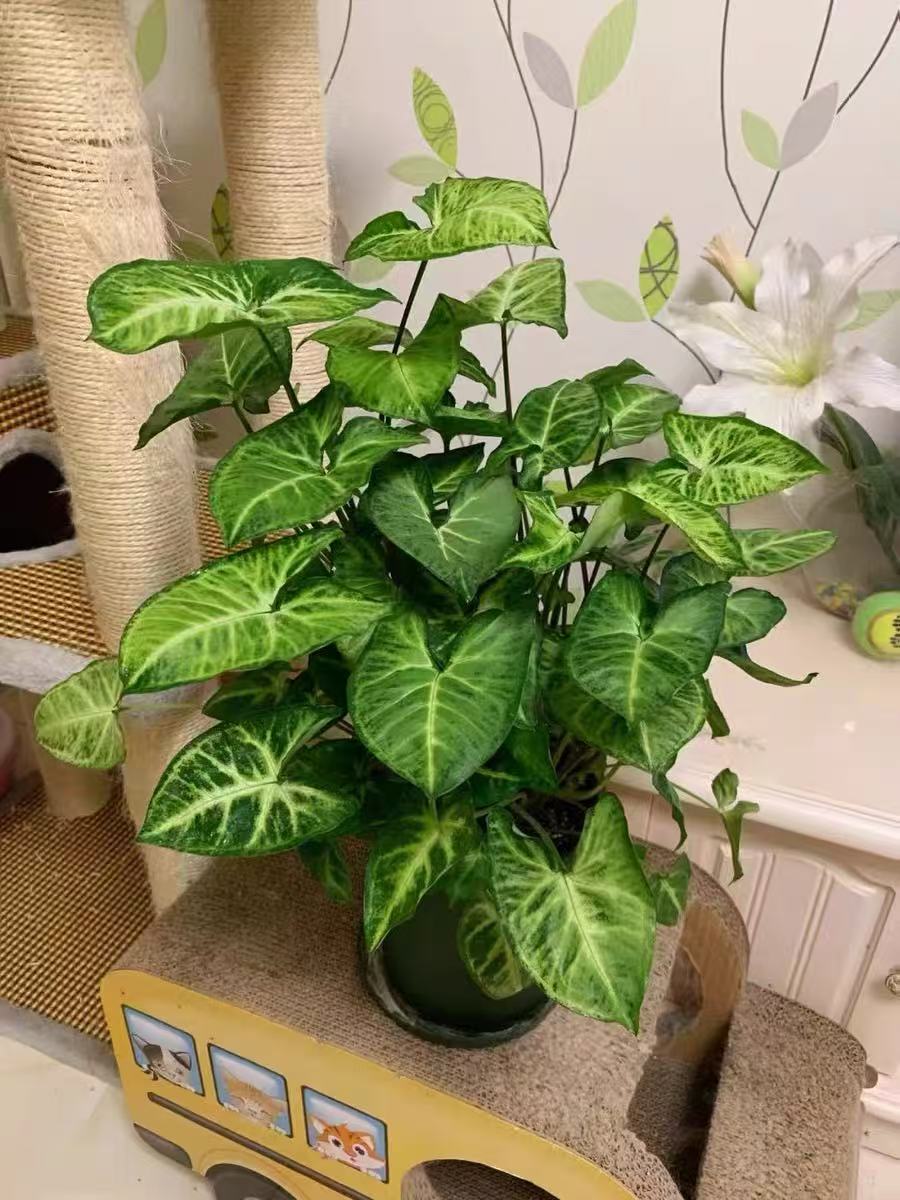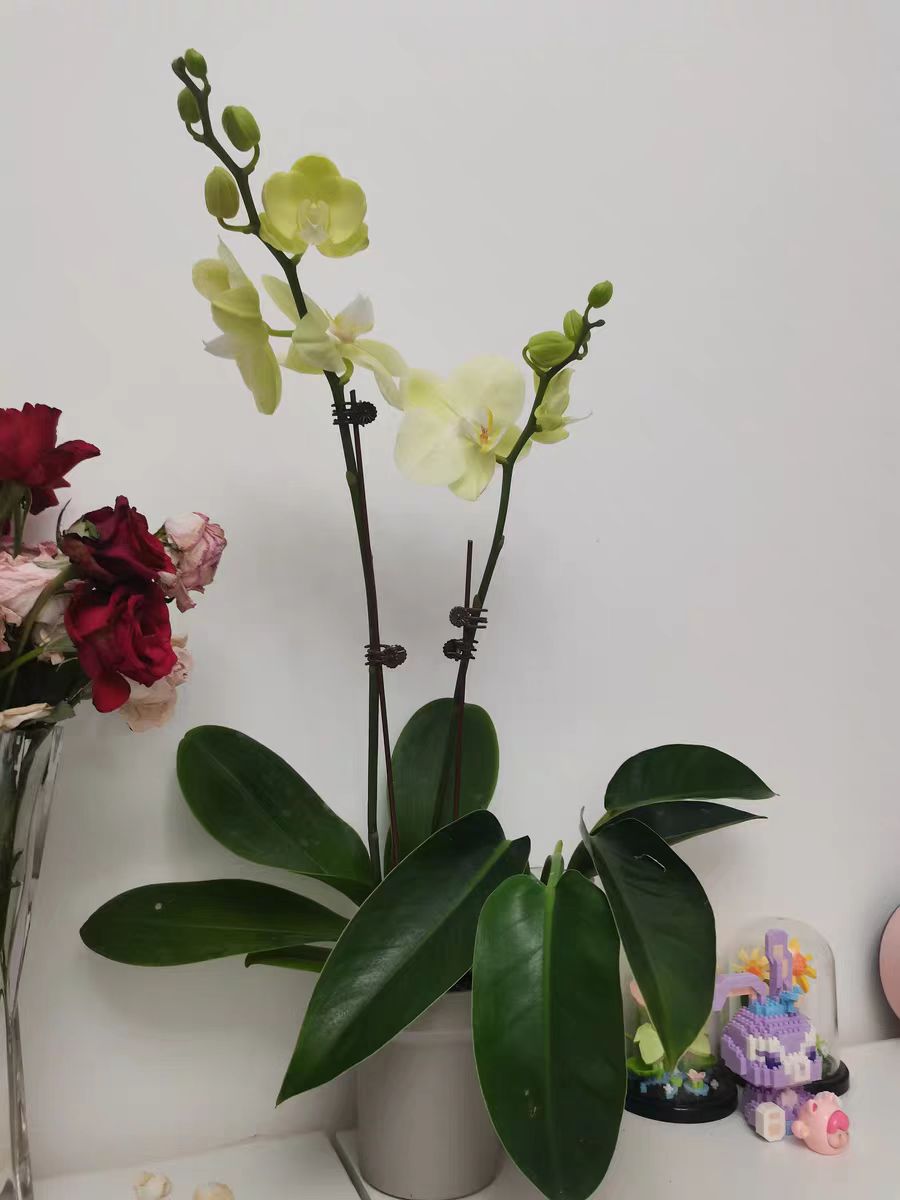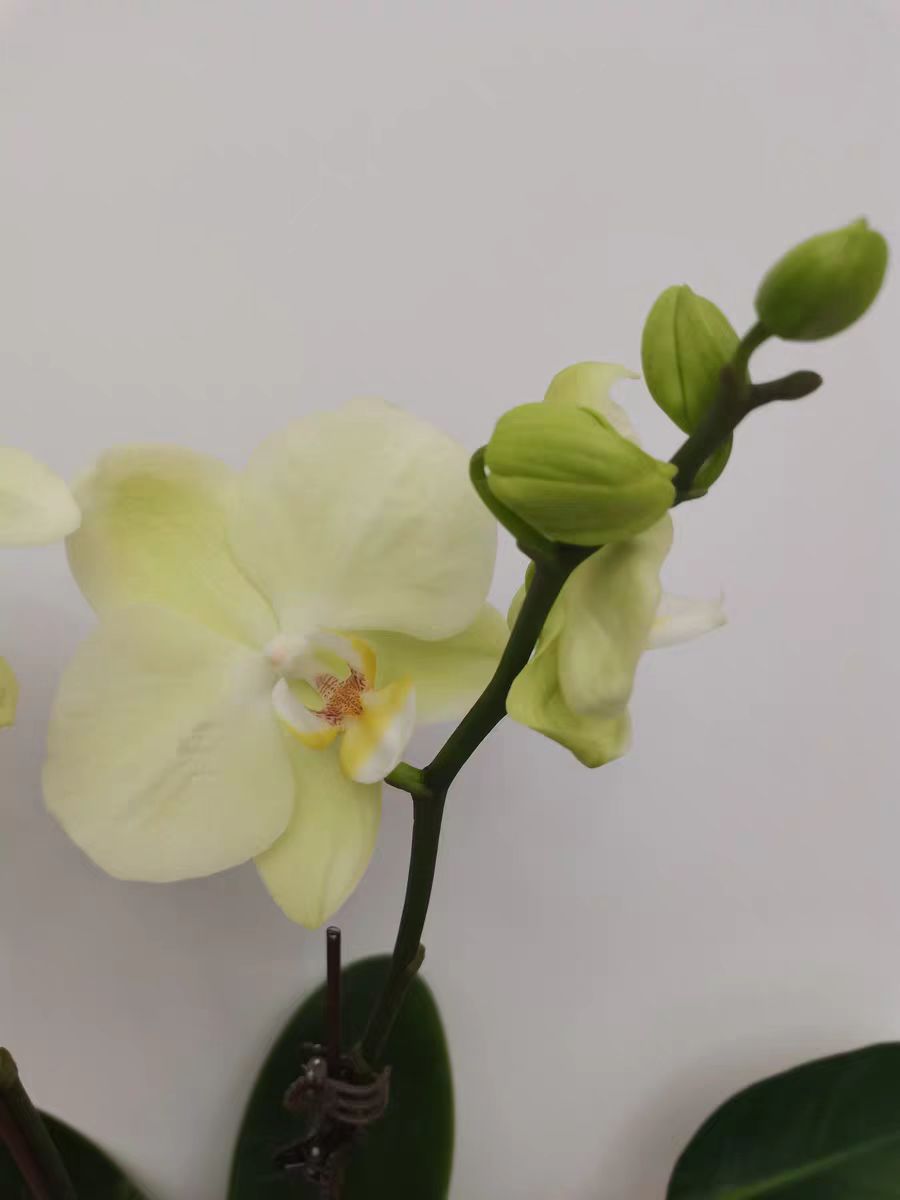It is known as a frequent subject in the works of the magical painter of nature, mostly growing by watersides and along roads. That's right! What is being referred to is the golden "reed". It has a straight and tall stem, and during the flowering period, it will bloom small flower clusters. The scenery is particularly fascinating during the growth period.
In addition, its existence has quietly integrated into all aspects of human life, such as in papermaking, construction, sewage purification, and so on.
Reed is a perennial herbaceous plant of the Poaceae family. In recent years, many people like to keep it at home as a zero-cost decoration, simply because its shape is similar to that of wooden tables and stools at home, and they look harmonious and classy when placed together. In terms of maintenance, reeds prefer to grow in environments such as swamps, floodplains, and shallow lakes. Therefore, it is a water-loving plant. If you want to cultivate it artificially, you need to keep the soil moist at all times. You can water it regularly and adjust the water level reasonably according to different growth stages. In the early stage of growth, you can water it twice a week. As the plant grows, you should gradually water it in small amounts but more frequently.
Meanwhile, reed is also a light-loving plant, and sufficient light is crucial for its growth. When choosing a planting location, it should be placed on the balcony or in a position where sunlight can shine in. It is necessary to ensure that it can receive full sun or at least half sun. For potted maintenance, it requires fertile and loose soil. If possible, you can improve the soil quality with organic fertilizer or leaf mold, which can enhance the soil's fertility and air permeability.
Regarding fertilization, in its natural growth state, reed mainly relies on the minerals in the soil or water to maintain its growth. However, in the case of artificial cultivation, appropriate fertilization is required. During the growing season, it is recommended to apply a thin layer of nitrogen fertilizer or compound fertilizer every two months. When fertilizing, pay attention to controlling the dosage to avoid excessive fertilization, which may lead to eutrophication of the water body.
In addition to its uses in papermaking and construction, reed is actually a valuable plant in all aspects. Every part of it, including the leaves, flowers, and stems, can be used in medicine. According to medical science, it has the effects of clearing heat and promoting fluid production, relieving restlessness and vomiting, and promoting diuresis and relieving stranguria. For example, if you have thirst caused by fever, you can boil reed stems in water and drink it. If you have skin inflammation, you can mash the reed leaves and apply them externally.
How to grow reeds well?

Share with
Tagged in :




Leave a Reply